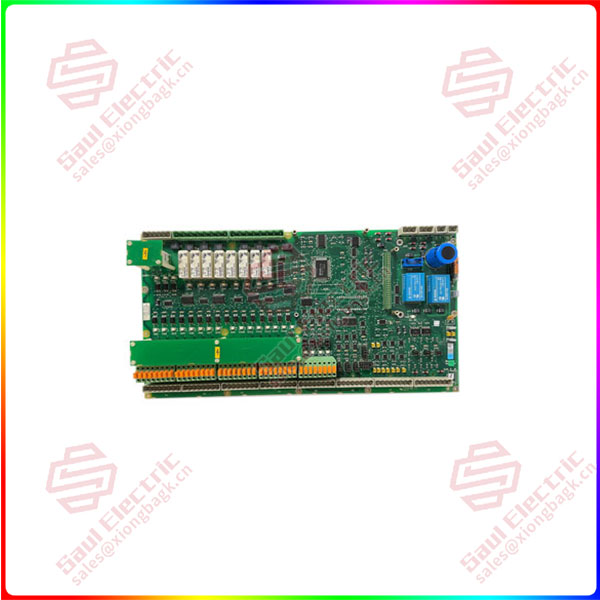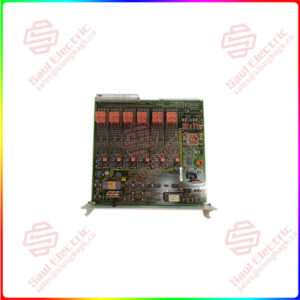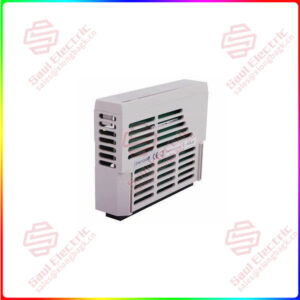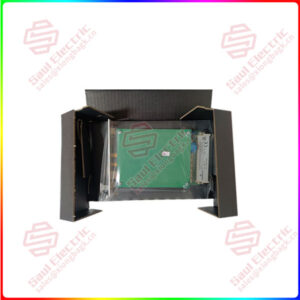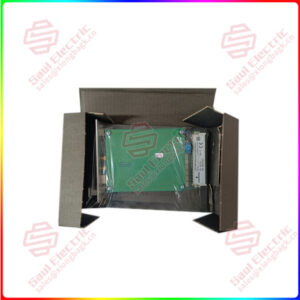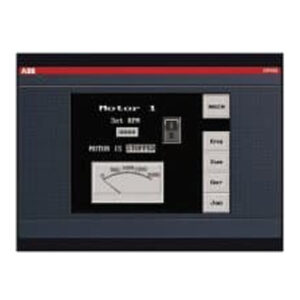Description
Overview
Essential details:3ASC25H209 DATX110 I/O board control module
lf you need to inquire or purchase ,please send the product models to my email or call medirectly .
sunny He
[Email] sales@saulcontrol.com
[Mobile] 86-18059884797
[WhatsApp] 86-18059884797
[Skype] sales@saulcontrol.com
3ASC25H209 DATX110 I/O board control module
Choosing the right I/O board control module for your specific application requires consideration of several factors:
Input and output signal types: First of all, we need to determine the type of input and output signals that need to be collected and controlled, such as analog signals, digital signals, switching signals, etc. Select the appropriate I/O board control module according to the input and output signal types.
Number of input and output channels: Determine the required number of input and output channels according to the application requirements, and select the I/O board control module with a sufficient number of channels.
Sampling rate and resolution: Determine the required sampling rate and resolution according to the application requirements, and select the I/O board control module that can meet the requirements.
Communication interface: Determine the required communication interface type based on application requirements, such as USB, Ethernet, RS232, and so on. Select an I/O board control module with a suitable communication interface.
Reliability and stability: Select the I/O board control module with high reliability and stability to ensure the long-term stable operation of the system.
Cost: Determine the acceptable cost range according to the budget, and choose the cost-effective I/O board control module.
Suppliers and technical support: Choose a supplier with a good reputation and technical support to ensure timely technical support and service during use.
In short, choosing the right I/O board control module for a particular application requires a comprehensive consideration of application requirements, input and output signal types, number of channels, sampling rate and resolution, communication interfaces, reliability and stability, cost, and suppliers and technical support.


 1 Year Warranty
1 Year Warranty
